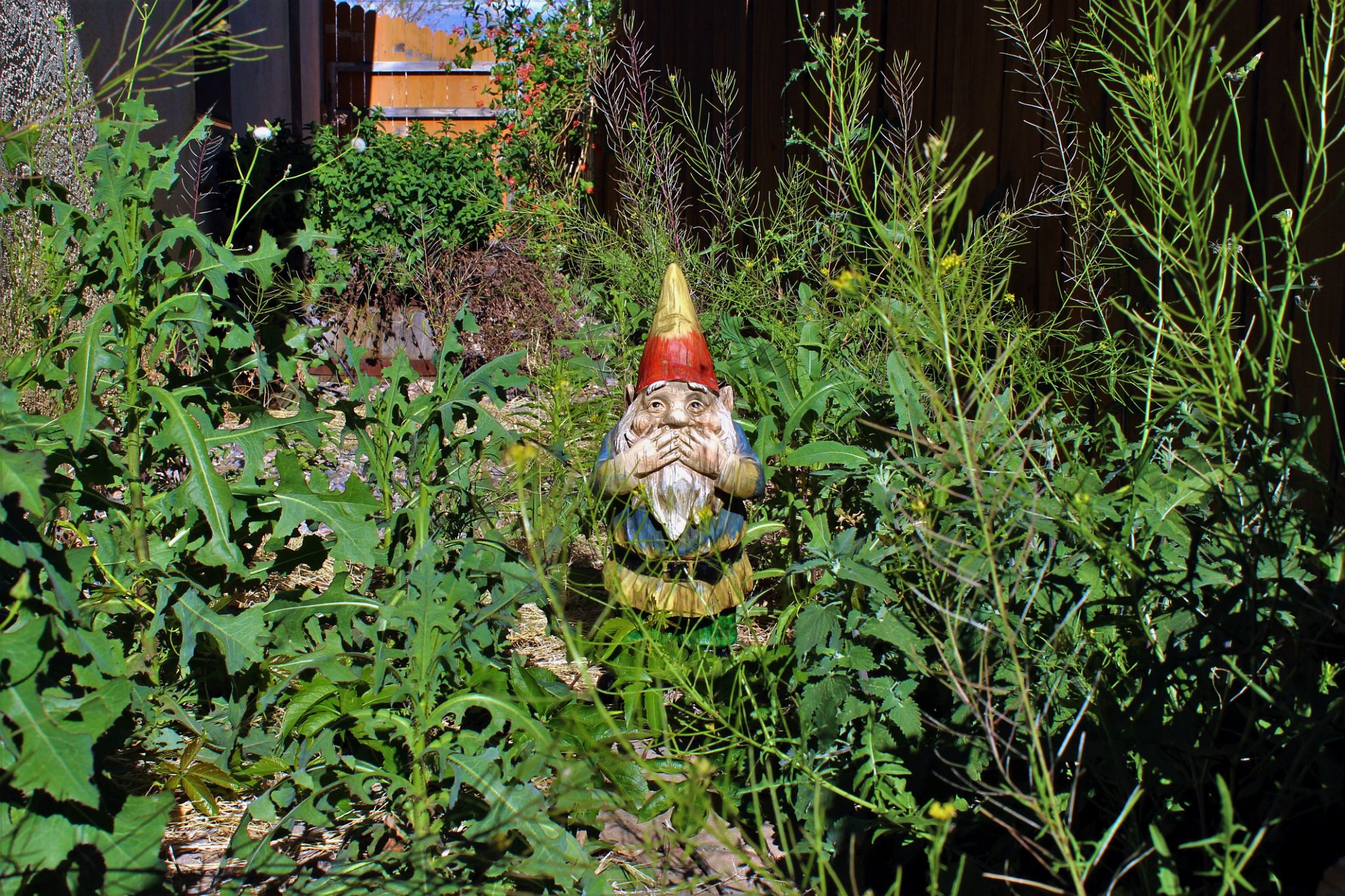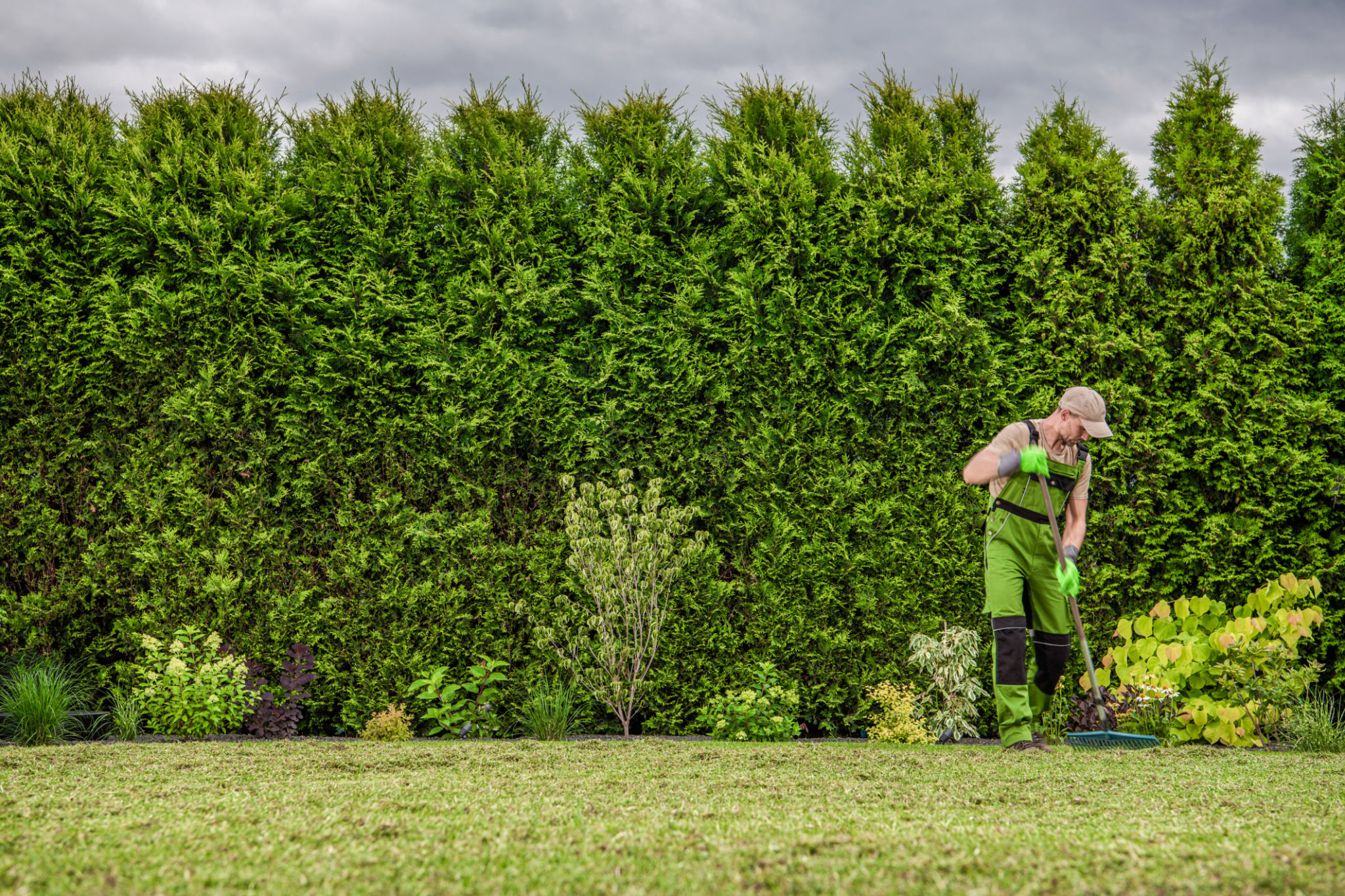Transform Your Garden: Essential Yard Cleanup Tips for a Fresh Start
Start with a Thorough Assessment
Before diving into your yard cleanup, it's crucial to begin with a thorough assessment of your garden's current state. Walk around your yard and take note of areas that need attention, such as overgrown plants, fallen branches, and cluttered spaces. Identifying these areas will help you create a plan of action, making the cleanup process more efficient and effective.
Consider the health of your plants and trees during this assessment. Check for any signs of disease or damage that might require special attention. Addressing these issues early will prevent further damage and promote a healthier garden environment.

Gather the Right Tools
Having the right tools on hand is essential for a successful yard cleanup. Essential tools include a pair of sturdy gloves, pruning shears, a rake, a shovel, and a wheelbarrow for transporting debris. A leaf blower can also be useful for quickly clearing away leaves and small debris from larger areas.
Investing in quality tools will not only make the cleanup process more manageable but will also ensure that your gardening tasks are completed efficiently. Keep your tools clean and well-maintained for optimal performance throughout the season.
Clear Out Debris
One of the first tasks in your cleanup process should be removing debris from your garden. This includes fallen branches, leaves, and any other clutter that has accumulated over time. Clearing out debris will give you a clearer view of your garden and make it easier to tackle other tasks like pruning and planting.

As you clear away debris, pay attention to your compost pile. Adding organic waste like leaves and plant clippings can enrich your compost, providing valuable nutrients for your garden in the future.
Prune and Trim Plants
Pruning and trimming are vital to maintaining the health and appearance of your plants. Start by removing dead or diseased branches, then focus on shaping your plants to encourage healthy growth. Proper pruning can help improve air circulation and sunlight exposure, resulting in a more vibrant garden.
When trimming, be cautious not to over-prune, as excessive cutting can stress plants and hinder their growth. If you're unsure about how to properly prune specific plants, consider consulting gardening guides or seeking advice from local gardening experts.

Revitalize Your Soil
A healthy garden starts with healthy soil. After clearing debris and pruning plants, take the time to revitalize your soil by adding mulch or compost. This will help improve soil structure, retain moisture, and provide essential nutrients for plant growth.
Conducting a soil test can also be beneficial to understand its pH levels and nutrient content. Based on the test results, you can amend your soil with the necessary nutrients to create an ideal growing environment for your plants.
Create a Maintenance Plan
Once your yard cleanup is complete, the next step is to create a maintenance plan to keep your garden looking its best throughout the year. Schedule regular tasks like weeding, watering, and mulching to ensure your garden remains healthy and vibrant.
Consider setting aside time each season for more extensive tasks like pruning or planting new species. A well-maintained garden not only enhances your home's curb appeal but also provides a peaceful retreat for relaxation and enjoyment.
